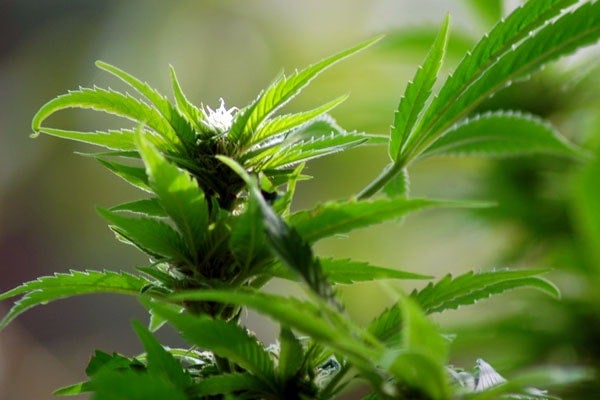
Students who smoke only marijuana outperform those who also smoke tobacco
Published: March 24, 2014
It used to be that the kids out in the bushes smoking marijuana were the trouble makers, but new research shows that this group academically outperforms their peers who smoke both marijuana and tobacco.
In one of the largest, long-term studies of substance co-use among teens, Dalla Lana School of Public Health researchers examined trends of tobacco and marijuana use from 1981 to 2011 and found that marijuana smokers receive higher grades than those who smoke both substances.
“In the past, cannabis use was associated with more problematic behaviours, but this trend has flipped,” said Michael Chaiton, assistant professor in epidemiology and public health policy at U of T’s Dalla Lana School of Public Health.
“Youth tobacco users are likely to have poor academic performance and engage in socially deviant behaviours, like vandalism, theft or assault.”
The study, published in the Journal of School Health’s March issue, analyzed self-report survey data from the Centre for Addiction and Mental Health’s Ontario Student Drug Use and Health Survey, including a total of 38,331 students in grades 7, 9 and 11. A user and/or co-user are defined as someone reporting daily tobacco and/or marijuana use in the past month. Poor academic performance, which is linked to increased risk of tobacco, marijuana and a variety of other risky behaviours, was measured as an indicator of problem behaviour to see if it was related to substance use or co-use.
Marijuana use peaked about a decade ago, but overall attitudes towards the drug have become more normalized, so many teens see it as safer than tobacco, although this is not inherently true, researchers say. Smoking rates have declined by about six per cent among school-aged youth in the last decade, but researchers believe smoking cigarettes has become a new signal of social deviation in this group.
“Youth smokers are becoming a more vulnerable population with high levels of substance use and mental health comorbidities,” said Chaiton, who is also a scientist at the Ontario Tobacco Research Unit.
Other interesting study insights include:
- 92 per cent of teen cigarette smokers also use marijuana;
- 25 per cent of teen marijuana users also smoke cigarettes;
- In 1999, co-use was at an all-time high at 12 per cent, with boys in lower grades most likely to be a part of this group;
- Students with lower academic performance were more likely to be co-users than users of either substance alone;
- There’s a growing “straight edge” cohort, with 90 per cent of Ontario students not using either substance.
“Drug prevention programs should be aligned with student realities, which means acknowledging and addressing patterns of co-use,” said Maritt Kirst, co-author of the study and assistant professor in social and behavioural health sciences at U of T’s Dalla Lana School of Public Health.
“This study identifies which youth are most at risk and can help public health professionals tailor prevention programs accordingly.”
Study authors also suggest that marijuana prevention programs may take a renewed focus on the drug’s harmful effects instead of underscoring the drug’s illegal status – the traditional approach of such programs.
Nicole Bodnar is a writer with the Dalla Lana School of Public Health at the University of Toronto.



